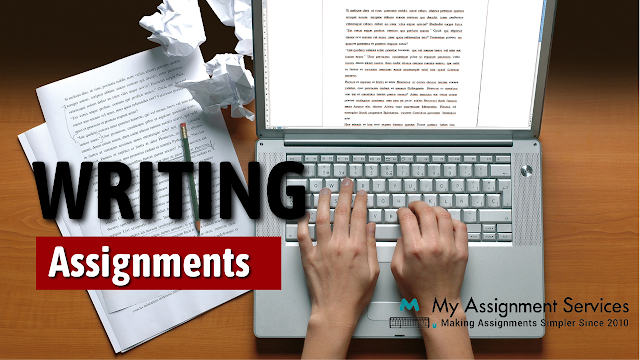How to Excel in Law Assignments Using the IRAC Method?
Drowning in law assignments? Feeling like just another face lost in a sea of casebooks and precedents? Buckle up, future lawyer, because there's a secret weapon hiding in plain sight: the IRAC method. Forget cramming all night or hoping for a legal miracle. IRAC method law is your key to unlocking clear, concise, and - dare we say it - high-scoring answers. Think of it as your legal decoder ring, cracking open the mysteries of any assignment and turning you into a master of analysis. So, ditch the panic and grab your pen because mastering IRAC will make you the legal rockstar you were always meant to be. Let's dive into the four magic steps that will transform your answers from "meh" to "wow" and leave your professors begging for more!
What is the IRAC Method?
The IRAC method is a framework commonly used in legal education and practice to analyse and solve legal issues. It stands for Issue, Rule, Application, and Conclusion. Here's what each part entails:
Issue: Identifies and frames the legal question or problem that needs to be addressed within a given scenario or case.
Rule: Involves stating the relevant laws, statutes, regulations, or legal principles that apply to the issue at hand. This section of IRAC method law outlines the established rules or precedents that govern similar situations.
Application: This part applies the rules or laws to the case's specific facts. It involves analysing how the rules or regulations are relevant and how they should be interpreted in the context.
Conclusion: Presents the outcome or resolution based on the application of the law to the issue. It provides a clear answer to the legal question posed in the issue section.
How to Use the IRAC Method in Writing Law Assignments?
Mastering law assignments is like solving a complex case, but fear not—IRAC is your trusty guide. This method, Issue, Rule, Application, and Conclusion, is more than just steps; it's your key to unlocking success in legal studies. Here's how you can ace your law assignment help using the power of IRAC:
Grasp the Scenario
Before diving into IRAC, understand the case or scenario thoroughly. Highlight the key facts, issues, and legal principles involved. This step sets the stage for effectively applying the IRAC method.
Identify the Issue
While using the IRAC method law, focus on pinpointing the main legal problem or question. What needs resolution? Clearly state the issue you'll be addressing, ensuring it aligns with the facts provided in the scenario.
Know the Rules
Research and comprehend the relevant laws, statutes, or precedents applicable to the issue. This step involves identifying and explaining the legal principles that govern similar situations.
Application Is Key
Apply the rules to the specific facts of the case. This part of the IRAC method requires linking the rules to the scenario's details, showcasing how they're relevant and how they shape your analysis.
Conclude with Confidence
Wrap up your assignment by presenting a clear and reasoned conclusion. This should directly address the issue raised, considering the rules applied and delivering a definitive answer or solution.



Comments
Post a Comment